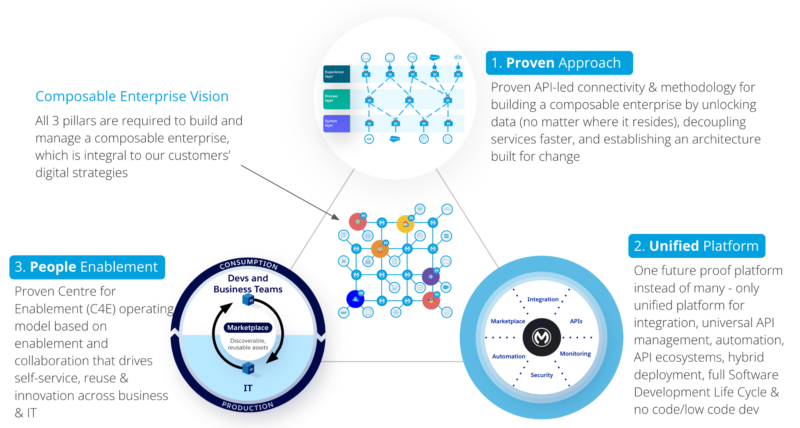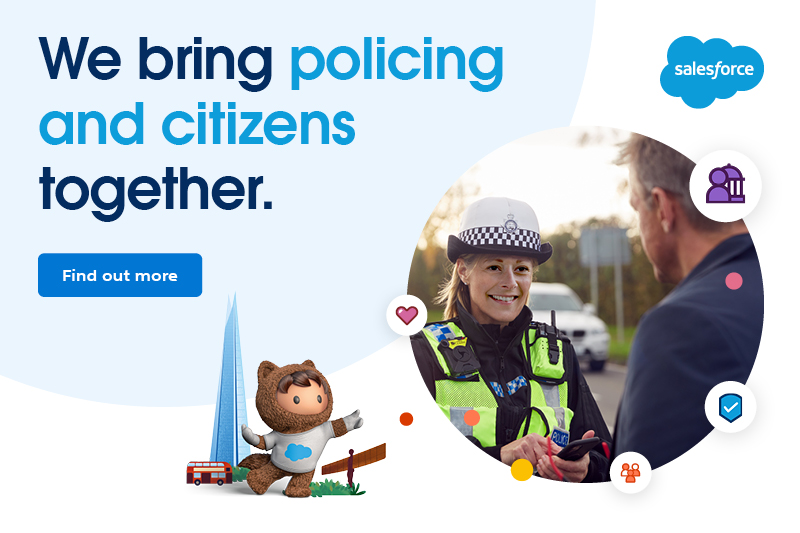Data can be turned into insights that officers can use to engage more effectively with the public, to prevent crimes from taking place, or to solve crimes quicker and more effectively support victims of crime.
The potential benefits are immense. Data-driven insight has the potential to be a ‘force multiplier’”
National Policing Digital Strategy 2020 – 2030
However, while the Police are often perceived as ‘data rich’, actionable insights that are crucial to their roles are not easily accessible at the point of need.
Transformation is necessary and Police are starting to change the way they see the world to become more effective – moving away from a siloed, incident-lens to instead putting the citizen at the centre of everything they do.
This means gaining a much better insight and context to any situation at hand and effectively bringing together disparate data sets that provide a complete picture of the citizen.
For example, think of a 999 call handler who is presented with a full picture of a domestic abuse victim before they even pick up the phone, alongside suggestions for best practices in handling the conversation with appropriate sensitivity.
As a software vendor, MuleSoft (a Salesforce company) and Salesforce have been supporting private sector organisations do this for decades, in the form of Customer 360. Whilst the problems that policing tackles are complex and carry significant risk, the concept of having a complete picture of the person you are engaged with, irrespective of channel or need, remains true
It is estimated that more than 90% of reported crime now has a digital element”
National Policing Digital Strategy 2020 – 2030
Over the past year, our team have been working with a range of policing organisations to understand what good looks like and how we unlock the power of our platforms to support Police and help deliver a better service to the public.
The underlying necessity to deliver on these outcomes is data coupled with cultural changes at the individual and organisational level.
From a data perspective, the challenge seems daunting:
- Lots of legacy disparate systems, often too complex or risky to change
- Data in different formats and levels of quality
- A tangled web of integrations that has been built up over time
The size of the task will differ for each Force but we are confident that all these challenges can be resolved by taking a strategic approach to data integration.
Data goes hand-in-hand with integration
Police Forces need to ensure that data can move around the organisation, that it is easy to discover, consume and collaborate on. The way MuleSoft views integration is simple: an Application Programming Interface (or API) is a means of exposing data in an easy to consume way. Integration should be treated as a strategic capability orientated around delivering business value, not just a technical mechanism to get two systems connected
According to MuleSoft’s recent Connectivity benchmark report, 89% of organisational leaders say data silos are their biggest obstacle. In a Policing context it isn’t surprising that this is the case; lots of complicated processes that have grown organically over time shadow IT.
To overcome silos, data must be integrated across multiple heritage platforms, systems, and applications and this complex integration is tough to do well. All too often, it’s the number one reason that causes new initiatives to fail. Police Forces need an approach that allows them to unlock data and information once, and enable teams to more easily access it at the point of need.
The right integration approach will enable Police to ensure that officers have access to complete, trustworthy and accurate data about people and events in order to:
- Prevent crime where possible
- Effectively investigate crimes that have already occurred
- Update victims of crime in a timely and personalised manner
And with the right approach, Police Forces will be able to easily answer the questions set out above, because everyone will know exactly where the information is that they need and how to access it, safely and securely.

MuleSoft Approach – People, Process and Technology
That leaves the last question though: where do I start?
Salesforce & MuleSoft – People, Process and Technology
You want to start right so that you are set up for future success. This means building in a sustainable and scalable way that accelerates your ability to change and adapt. But for that you need to know what you want to achieve and follow an operating model and approach blueprint.
Salesforce is already actively engaged with several Police Forces across the UK working on a variety of transformative programs from Force Control Room efficiency through to improving Victim Engagement, HR & Employee wellbeing and IT transformation.
If you want to learn more about this please visit salesforce.com/uk/publicsector and get in touch with us.



